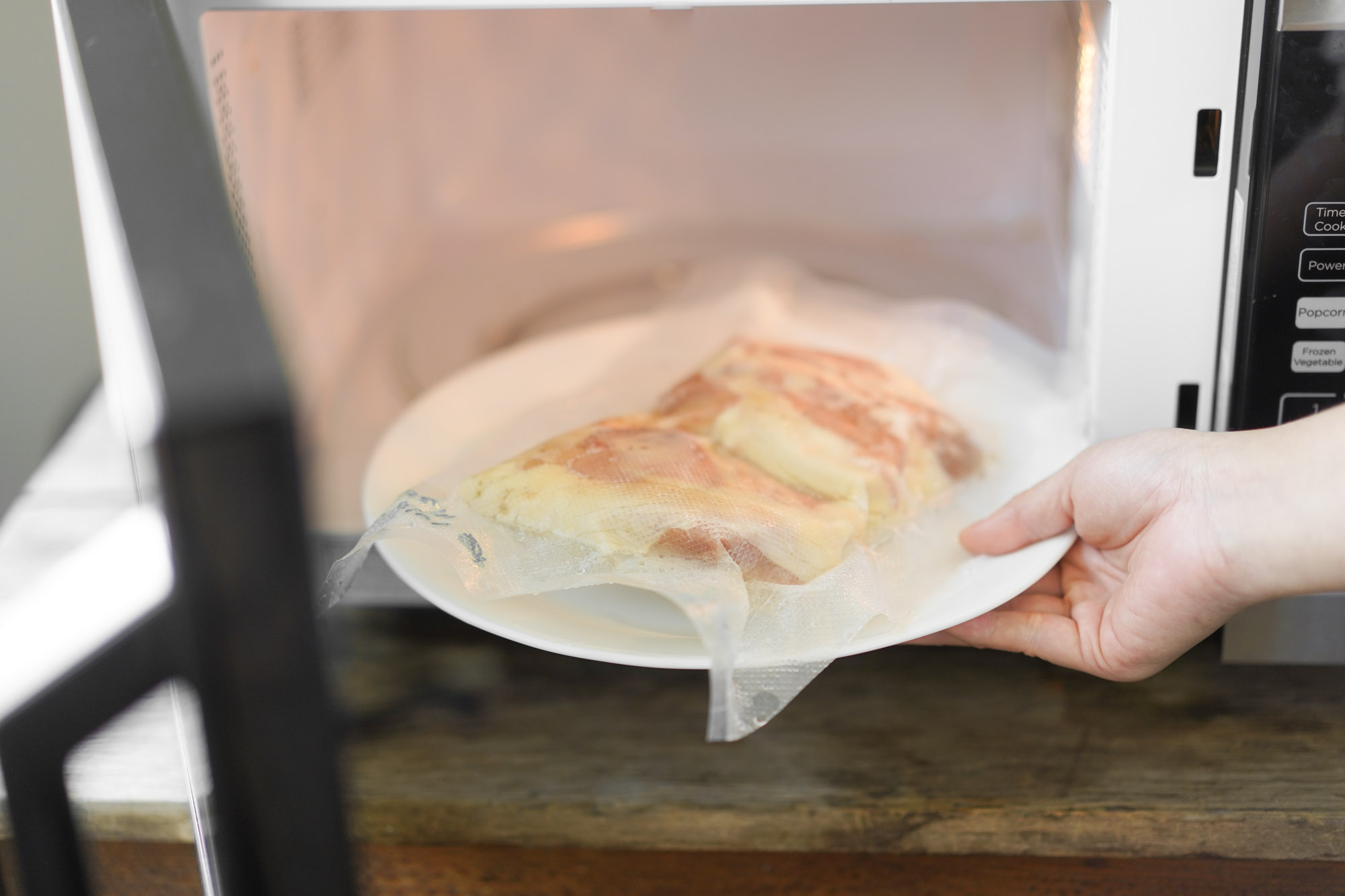

Articles
How To Defrost In Microwave Oven
Modified: August 20, 2024
Learn how to defrost food quickly and safely in your microwave oven with this helpful article. Find step-by-step instructions and tips for defrosting different types of food.
(Many of the links in this article redirect to a specific reviewed product. Your purchase of these products through affiliate links helps to generate commission for Storables.com, at no extra cost. Learn more)
Introduction
Welcome to this comprehensive guide on how to defrost food in a microwave oven. Defrosting your food properly is essential to ensure even and safe thawing. The microwave oven is a convenient and efficient method for defrosting food quickly, but it’s important to follow the right steps to preserve the quality and texture of the food. In this article, we will walk you through the process, from selecting the right container to adjusting the power level and time settings. We will also provide tips and tricks for defrosting various types of foods. So, let’s dive in and learn how to defrost in a microwave oven like a pro!
Key Takeaways:
- Master the art of defrosting in a microwave oven by following safety precautions, choosing the right container, and adjusting power levels and time settings for even thawing without partial cooking.
- Use the microwave oven to defrost various foods effectively, from meat and bread to fruits and soups, while preserving their quality and taste. Enjoy the convenience and efficiency of microwave defrosting for safe and delicious meals.
Read more: What Is A Microwave Oven
Safety Precautions
Before we begin, it’s crucial to understand and abide by some safety precautions when defrosting food in a microwave oven. These precautions will help prevent foodborne illnesses and ensure the safety of your kitchen. Let’s take a look at some important safety measures:
- Always follow the manufacturer’s instructions for your specific microwave oven. Different models may have different features and guidelines for defrosting.
- Ensure that the microwave oven is clean and free from any residue or food particles before starting the defrosting process.
- Use only microwave-safe containers or packaging for defrosting. Plastic containers or bags labeled as “microwave-safe” are generally suitable for defrosting.
- Avoid using metal containers, aluminum foil, or utensils when defrosting in a microwave oven, as they can cause sparking and damage the appliance.
- If you are defrosting meats, poultry, or fish, place them on a microwave-safe plate or dish to catch any juices that may drip during the thawing process.
- Check the temperature of the food after defrosting to ensure it has fully thawed. Use a food thermometer to verify that it has reached a safe temperature.
- Never refreeze any food that has been partially or fully thawed in the microwave oven. Once thawed, cook or consume the food immediately.
- Adhere to the recommended defrosting times for different types of food. Over-defrosting can lead to loss of flavor, texture, and quality.
- Supervise the defrosting process, especially when using higher power settings, to prevent any accidental burning or overheating of the food.
By following these safety precautions, you can ensure that your defrosting process is safe and efficient. Now that we’ve covered the safety measures, let’s move on to selecting the right container for defrosting.
Choosing the Right Container
When defrosting food in a microwave oven, it’s important to choose the right container to ensure even heat distribution and prevent any leakage or mess. Here are some guidelines for selecting the appropriate container:
- Opt for microwave-safe containers that are labeled as such. These containers are designed to withstand the heat generated by the microwave and prevent any harmful chemicals from leaching into the food.
- Choose a container that is deep enough to hold the food along with any juices that may accumulate during the defrosting process. This will prevent any spills or drips in the microwave.
- If you are defrosting a larger item such as a whole chicken or roast, ensure that the container is large enough to accommodate it without overcrowding. This allows for proper heat circulation.
- Consider using a microwave-safe plate or dish with slightly raised edges instead of a deep container for items like bread, pastries, or sliced fruits. This allows for better air circulation and even thawing.
- Avoid using containers with metal accents or decorations, as they can cause sparks and damage the microwave.
- If you are defrosting individually portioned items or smaller cuts of meat, you can use microwave-safe zip-top bags or freezer bags. These bags are convenient and help keep the food moist during the defrosting process.
Remember to always follow the guidelines provided by the food manufacturer for defrosting in a microwave oven. Some items may have specific recommendations that differ from the general guidelines. By choosing the right container, you can ensure safe and hassle-free defrosting in your microwave oven. In the next section, we will learn about adjusting the power level for optimal defrosting results.
Setting the Microwave Power Level
Setting the appropriate power level on your microwave oven is crucial for proper and even defrosting. Most microwaves offer multiple power levels, typically ranging from 10% to 100% power. Here’s how to set the power level:
- Start by referring to the food packaging or recipe guidelines for the recommended defrosting power level. In the absence of specific instructions, a power level between 30% to 50% is generally suitable for most defrosting purposes.
- Locate the power level button on your microwave oven. It is usually labeled with numbers or options like “Power” or “Pwr Level.”
- Press the power level button and use the numeric keypad to enter the desired power level percentage. For example, if you want to set the power level to 30%, press 3 followed by 0.
- Some microwaves may require you to press the power level button multiple times to cycle through the available options.
- Once you have set the desired power level, the microwave will operate at that percentage of its maximum power output during the defrosting process.
Setting the power level appropriately is essential to prevent overcooking or uneven defrosting. Lower power levels allow for gentler heat distribution, ensuring that the food thaws evenly without cooking on the outside. Higher power levels can lead to partial cooking instead of just defrosting.
Remember, it’s always a good idea to refer to the manufacturer’s instructions for your specific microwave model. Some microwaves may have additional options or features that can enhance the defrosting process. In the next section, we will discuss adjusting the time for defrosting different types of food.
Adjusting the Time
Once you have set the appropriate power level, it’s time to adjust the defrosting time on your microwave oven. The duration of the defrosting process can vary depending on the size, thickness, and type of food being thawed. Here are some general guidelines to help you adjust the defrosting time:
- Check the packaging or recipe instructions for any recommended defrosting times. Some items, like pre-packaged frozen meals, may provide specific guidelines for defrosting in a microwave oven.
- If there are no specific instructions available, you can estimate the defrosting time based on the weight of the food. Most microwaves have a pre-programmed option to defrost based on weight. Follow the prompts to enter the weight and let the microwave calculate the appropriate defrosting time.
- For smaller items or portions, start with shorter defrosting times and check the food periodically to prevent over-thawing. It’s better to gradually increase the time rather than defrosting it for too long at once.
- For larger items like roasts or whole birds, it’s recommended to defrost in shorter intervals, typically 3-5 minutes at a time. After each interval, check the food for any signs of thawing and rotate or flip it if necessary for more even defrosting.
- Take note that the defrosting time can vary based on the wattage of your microwave oven. Higher wattage ovens may require shorter defrosting times, while lower wattage ovens may need longer times.
Remember to always check the food throughout the defrosting process to ensure that it is thawing evenly without any parts becoming partially cooked. If you notice any sections of the food starting to cook, reduce the power level or stop the process and allow it to rest before continuing. In the next section, we will discuss the importance of stirring and checking for doneness during the defrosting process.
Place the frozen food in a microwave-safe dish and use the defrost setting or set the microwave to 30% power. Rotate and flip the food regularly for even defrosting. Check the food frequently to prevent it from cooking.
Read more: How To Bake In A Microwave Oven
Stirring and Checking for Doneness
During the defrosting process, it’s important to periodically stir and check the food for doneness to ensure thorough and even thawing. Stirring helps to distribute the heat and prevent cold spots, while checking for doneness ensures that the food is properly defrosted. Here are some steps to follow:
- Set a timer or keep a close eye on the microwave to determine when it’s time to stir the food. The frequency of stirring will depend on the size and type of food being defrosted.
- Using a microwave-safe utensil, gently stir and rotate the food to ensure that all sides come in contact with the heat. This helps prevent any areas from remaining cold during the defrosting process.
- For larger items, such as a whole chicken or a roast, you may need to flip or turn them over to ensure even defrosting. This is especially important if you notice any cold spots or areas that are still frozen.
- While stirring, take the opportunity to check the doneness of the food. Use a fork or a food thermometer to determine if it has fully thawed. Chicken and meat should no longer be frozen in the center, and the temperature should be below the safe cooking temperature.
- If the food is still partially frozen or cold in certain parts, continue defrosting for a shorter period, stirring again if necessary. Repeat the process until the food is completely thawed.
Be cautious when handling hot items or opening the microwave during the defrosting process, as steam and hot surfaces can cause burns. Use oven mitts or towels to protect your hands, and allow the food to rest for a few moments before handling or serving.
Stirring and checking for doneness during the defrosting process ensures that the food is evenly thawed and ready for the next step in your cooking or meal preparation. In the next section, we will discuss the importance of letting the food rest after defrosting.
Letting the Food Rest
After the food has been defrosted in the microwave oven, it’s crucial to let it rest for a few minutes. Allowing the food to rest helps to evenly distribute the internal temperature, preserve the moisture, and enhance the flavor. Here’s why letting the food rest is important:
- Resting allows the residual heat to continue cooking the food gently. This helps to ensure that any remaining cold spots are fully thawed and brings the food to a more consistent temperature throughout.
- Resting helps to retain the moisture within the food. During the defrosting process, the food’s natural juices tend to redistribute, and letting it rest allows them to reabsorb. This results in a more succulent and flavorful final product.
- When meats or poultry are thawed, the muscle fibers relax and can become more tender. Allowing the meat to rest after defrosting helps to further tenderize it, making it more enjoyable to eat.
- Resting also gives you the opportunity to check the doneness of the food once again. This allows you to ensure that it has thawed completely and reach the desired level of doneness before proceeding with any further cooking or serving.
The duration of the resting time can vary depending on the size and type of food being defrosted. As a general guideline, a few minutes of rest should be sufficient for smaller items, while larger cuts of meat may require 10-15 minutes or more. Use this time to prepare any additional ingredients or preheat your cooking equipment.
Remember, while the food is resting, it is important to keep it at a safe temperature to prevent any bacterial growth. If you’re not ready to continue cooking or serving immediately after defrosting, cover the food to retain its warmth or refrigerate it if the resting time will be longer.
By allowing the food to rest after defrosting, you’ll ensure that it is thoroughly thawed, flavorful, and ready to be incorporated into your next culinary creation. In the following section, we will provide some tips and tricks for defrosting various types of foods.
Tips and Tricks for Defrosting Various Foods
Defrosting various types of foods requires different approaches to achieve optimal results. Here are some useful tips and tricks to help you defrost different types of foods in your microwave oven:
1. Meat and Poultry: For best results, remove any packaging materials from the meat or poultry before defrosting. Place the meat or poultry in a microwave-safe dish or on a microwave-safe plate and defrost using low power and shorter time intervals. Remember to flip or rotate the meat during the process to ensure even defrosting. Once defrosted, immediately cook the meat to ensure food safety.
2. Bread and Baked Goods: When defrosting bread or baked goods like muffins or pastries, use a microwave-safe plate instead of a deep container. Start with a shorter defrosting time using low power and check the bread periodically. If the bread becomes soft and pliable, it is ready to be enjoyed. Avoid over-defrosting, as it can make the bread soggy.
3. Frozen Fruits and Vegetables: Defrosting frozen fruits and vegetables is a straightforward process. Place them in a microwave-safe bowl and defrost using low power. Stir them occasionally to ensure even thawing. Once defrosted, you can use them in smoothies, sauces, or cook them as desired.
4. Fish and Seafood: Defrosting fish and seafood should be done gently to preserve their delicate texture. Place them on a microwave-safe plate, cover with a microwave-safe lid or microwave-safe plastic wrap, and defrost using low power. Check for doneness periodically and cook immediately once fully thawed.
5. Soups and Stews: For defrosting soups or stews, transfer them from the freezer container to a microwave-safe dish. Defrost using low power and shorter time intervals, stirring occasionally. Once fully defrosted, heat the soup or stew thoroughly before serving.
6. Dairy Products: When defrosting dairy products like cheese or butter, it is best to do it slowly in the refrigerator rather than in the microwave. This helps maintain their texture and prevent any unwanted separation or changes in taste.
Remember, these tips and tricks are general guidelines. Always refer to the specific defrosting instructions provided by the food manufacturer or recipe if available. By following these suggestions, you can defrost a wide range of foods effectively in your microwave oven.
Now that you are equipped with the knowledge of how to defrost various types of foods, you can confidently make the most of your microwave oven’s defrosting capabilities. In the next section, we will conclude our guide on defrosting in a microwave oven.
Conclusion
Congratulations! You have now learned how to defrost food in a microwave oven like a pro. By following the safety precautions, selecting the right container, setting the proper power level, adjusting the time, stirring and checking for doneness, and letting the food rest, you can defrost various types of foods efficiently and safely.
Remember to always prioritize food safety by using microwave-safe containers, avoiding metal objects, and following the recommended defrosting times. Pay attention to the power level and time settings to ensure even thawing without any partial cooking. Be diligent about stirring and checking for doneness during the defrosting process to guarantee thorough and consistent thawing.
Additionally, we discussed some tips and tricks for defrosting different types of foods, such as meat, bread, fruits and vegetables, fish and seafood, soups and stews, and dairy products. These guidelines will help you make the most of your microwave oven’s defrosting capabilities while preserving the quality and taste of your food.
Now that you are equipped with this comprehensive knowledge, you can confidently defrost your food in a microwave oven, saving time and getting ready for your culinary adventures. Enjoy the convenience and efficiency that a microwave oven offers while ensuring safe and delicious meals. Happy defrosting!
Frequently Asked Questions about How To Defrost In Microwave Oven
Was this page helpful?
At Storables.com, we guarantee accurate and reliable information. Our content, validated by Expert Board Contributors, is crafted following stringent Editorial Policies. We're committed to providing you with well-researched, expert-backed insights for all your informational needs.
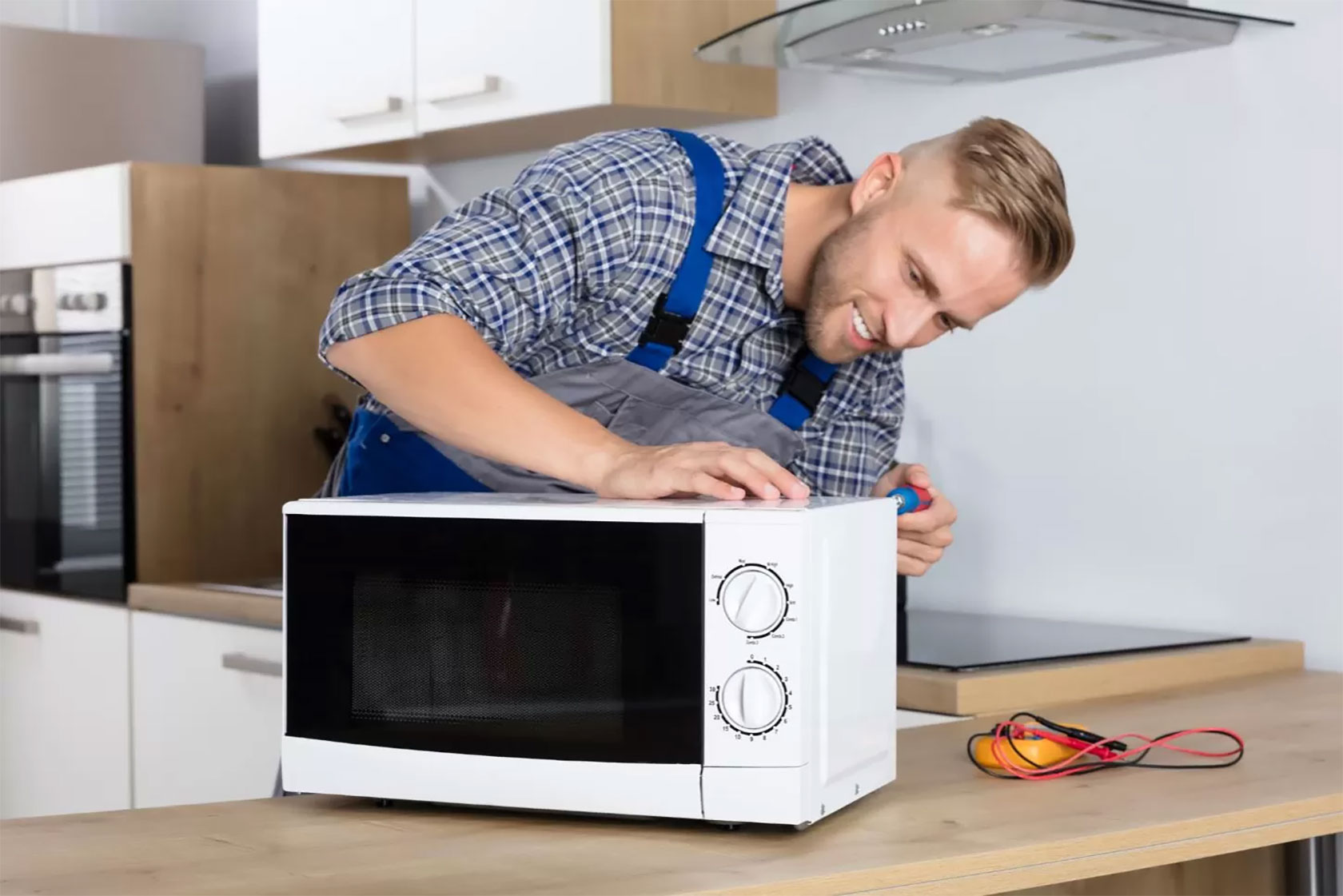
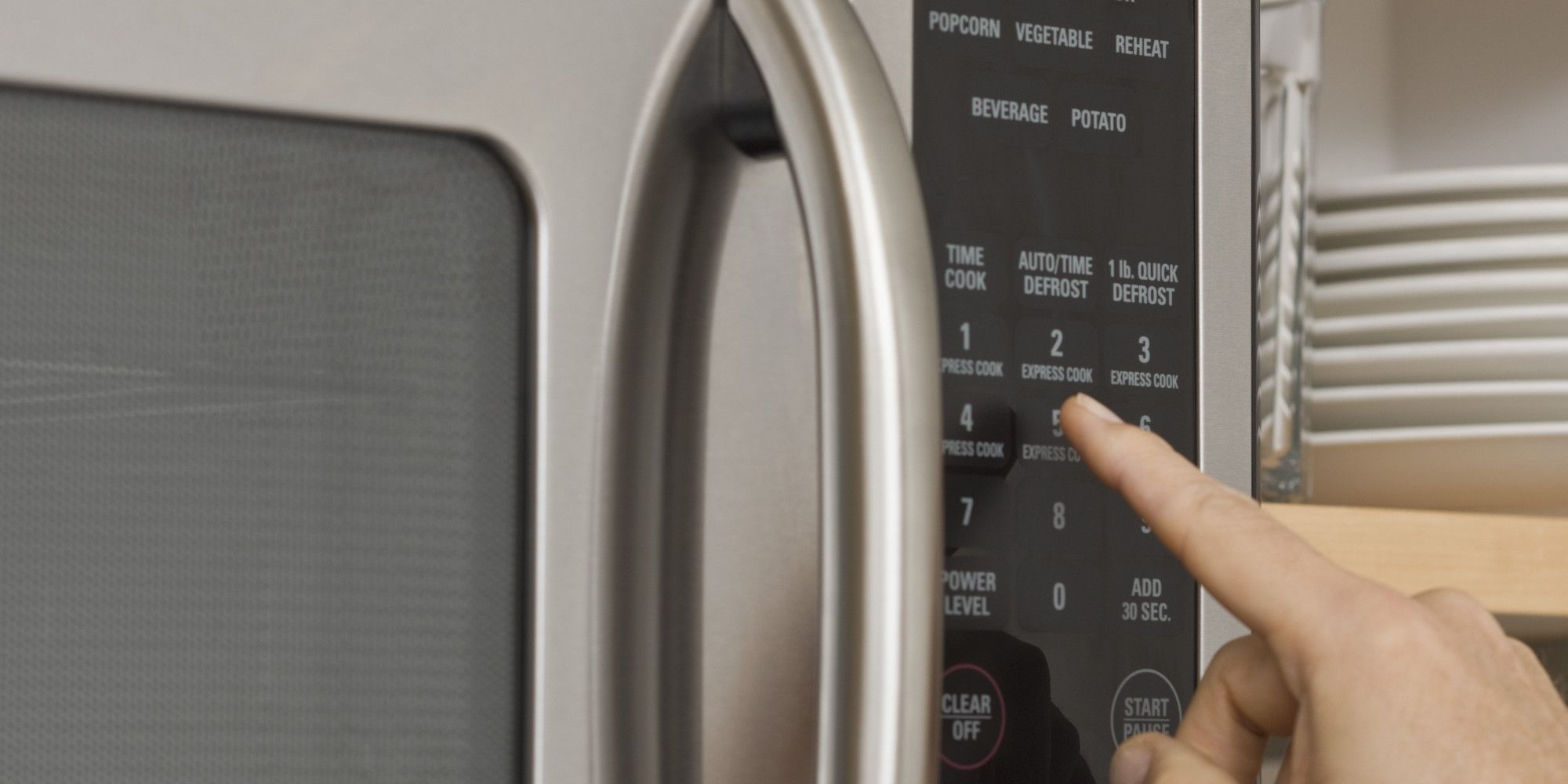
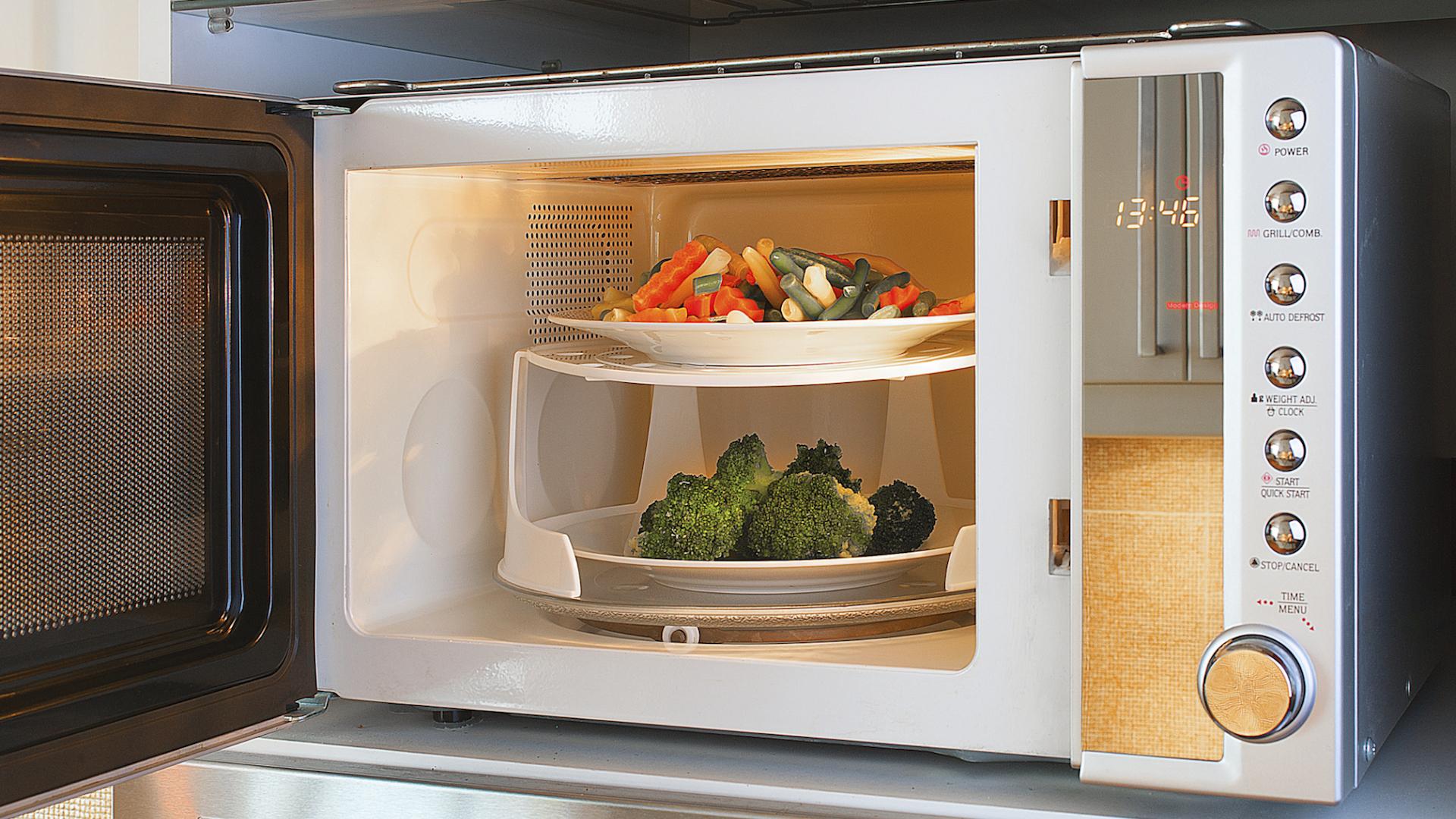
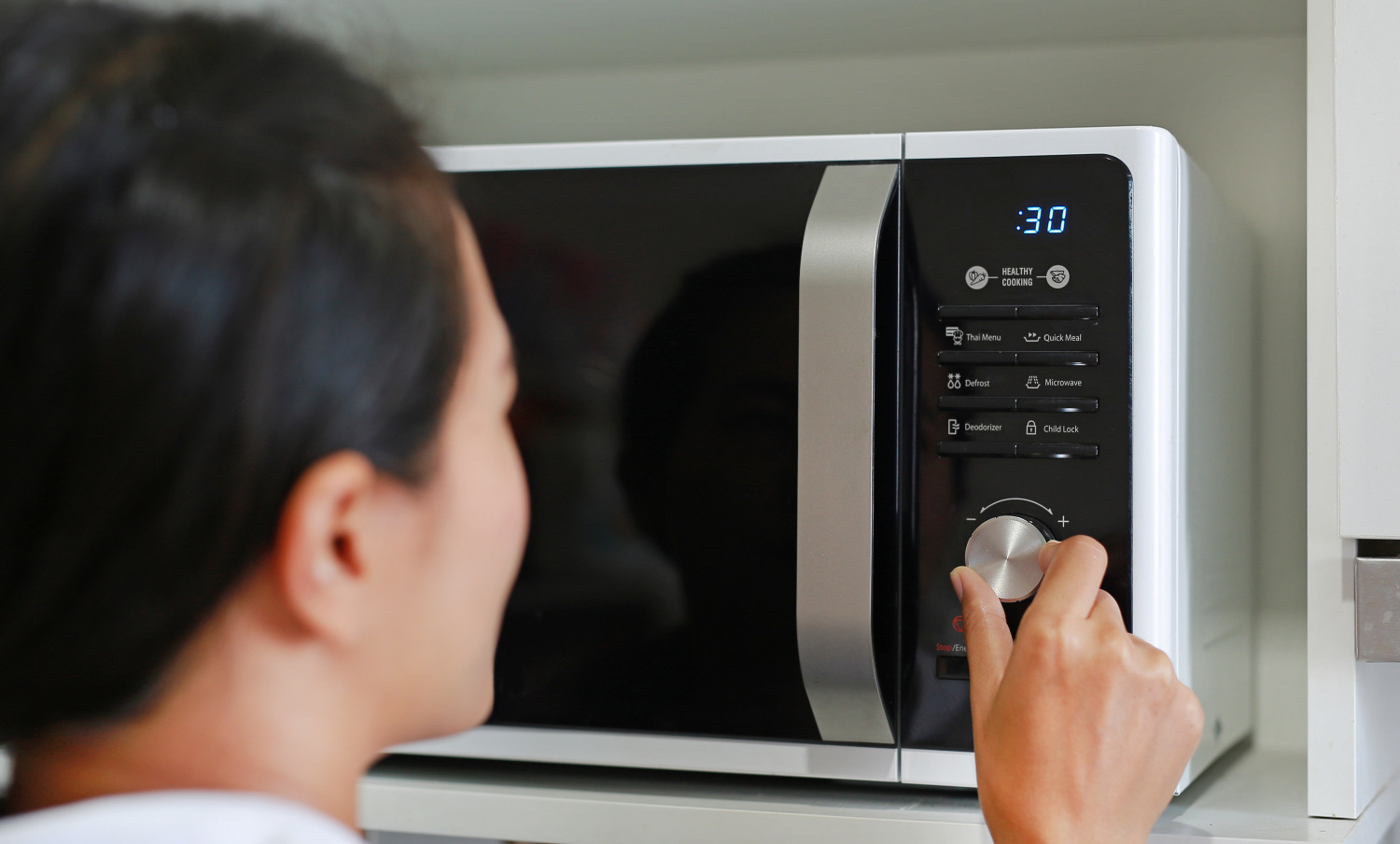
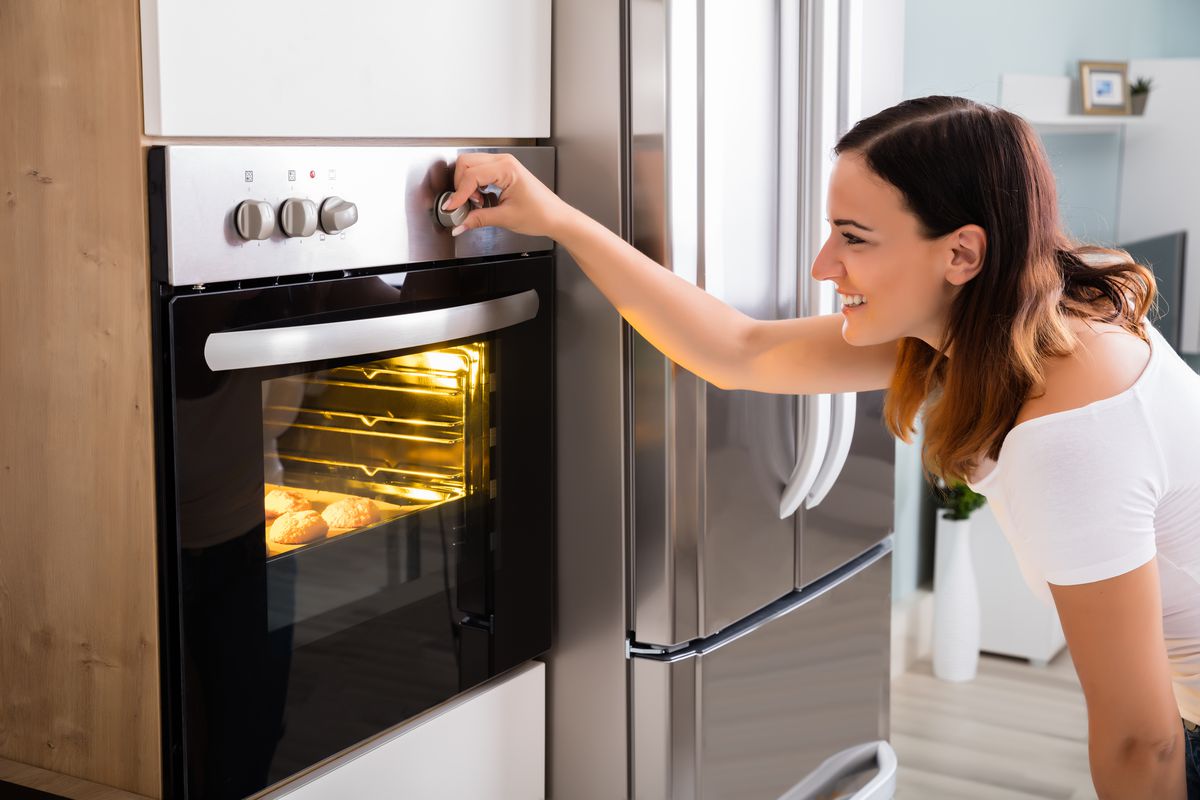
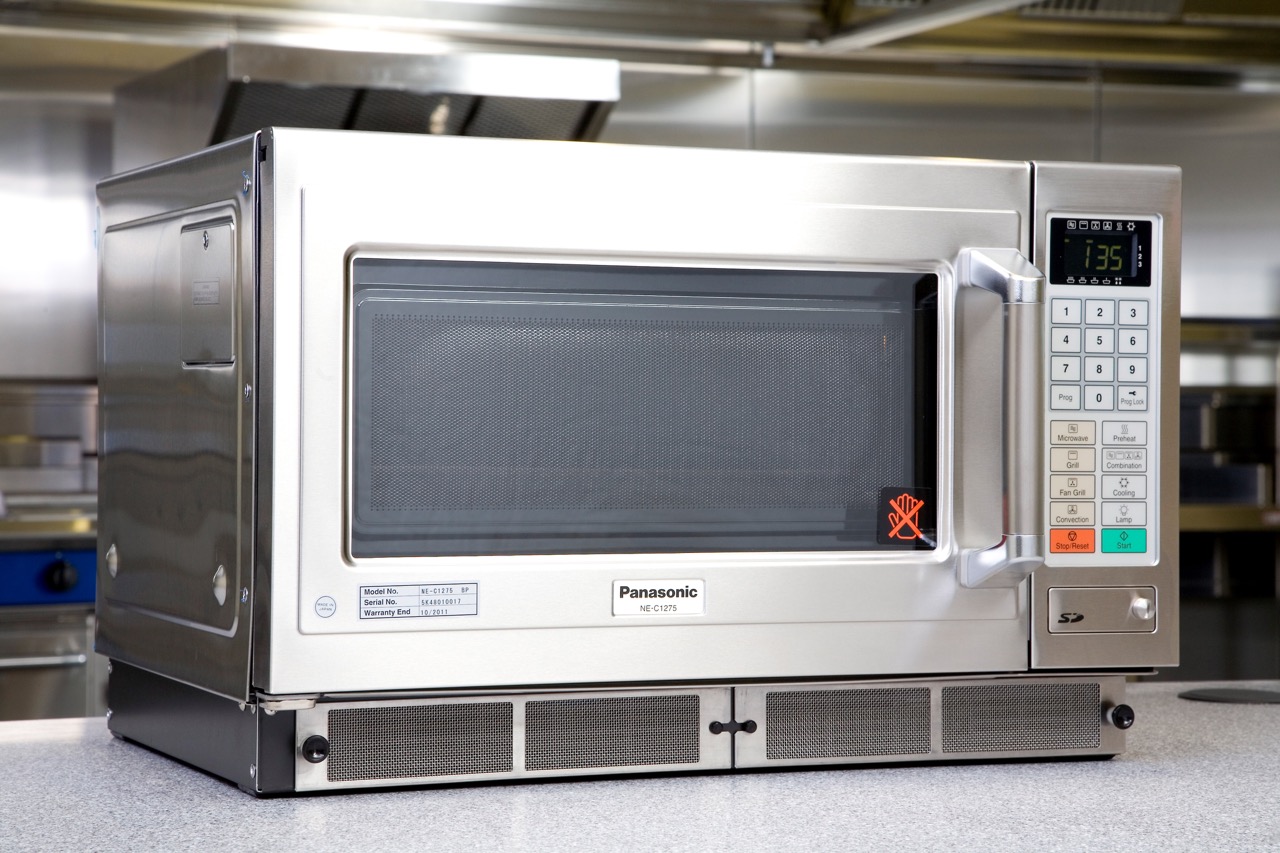
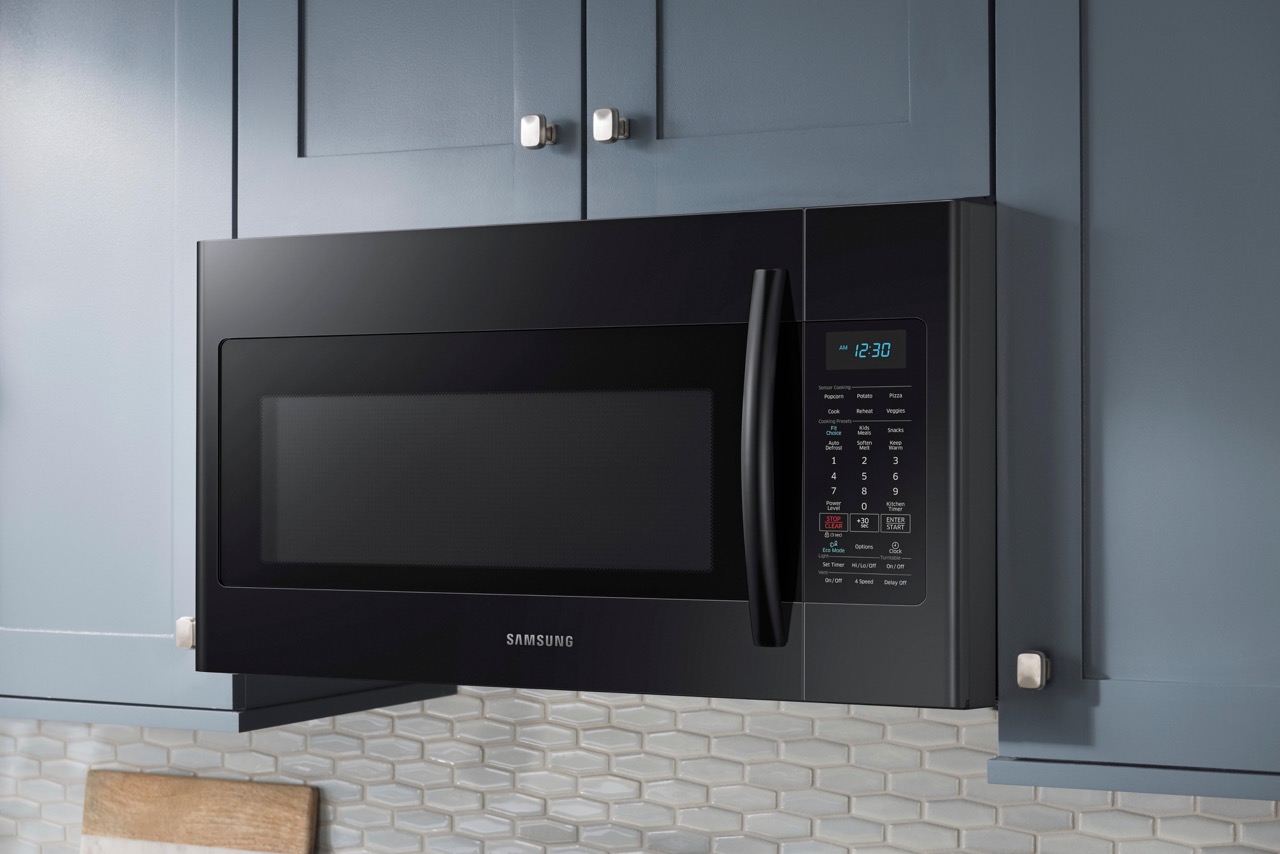
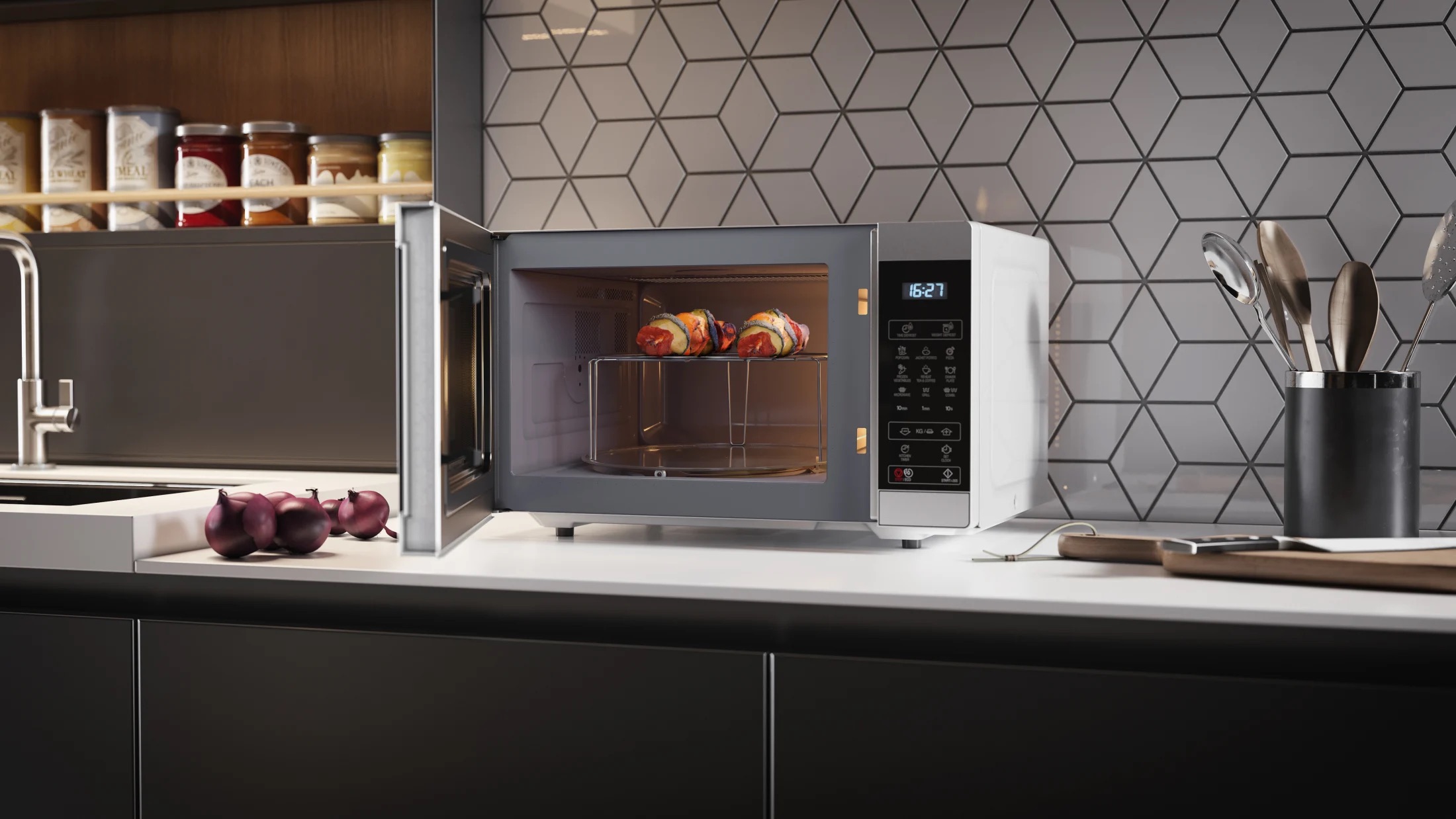
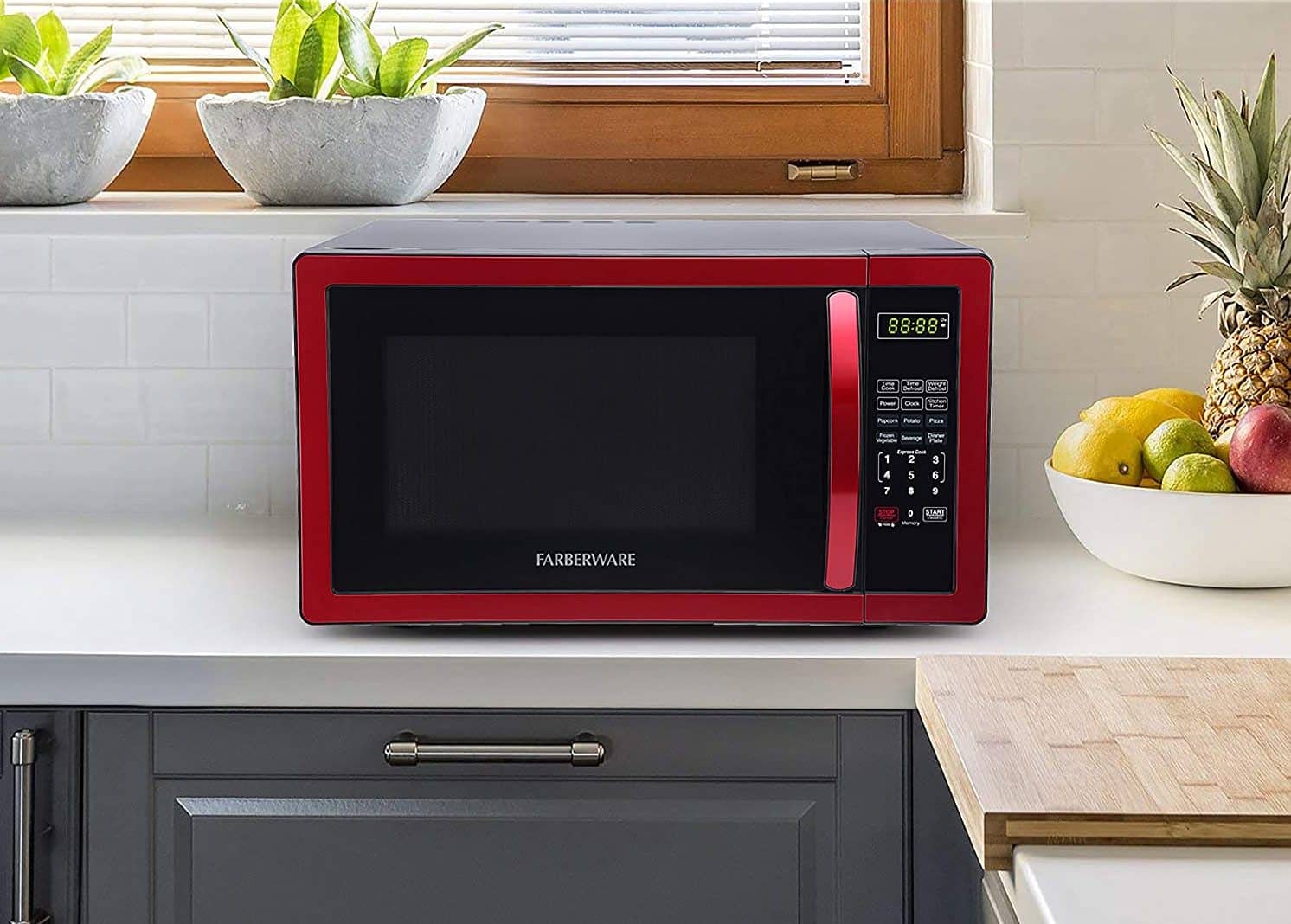

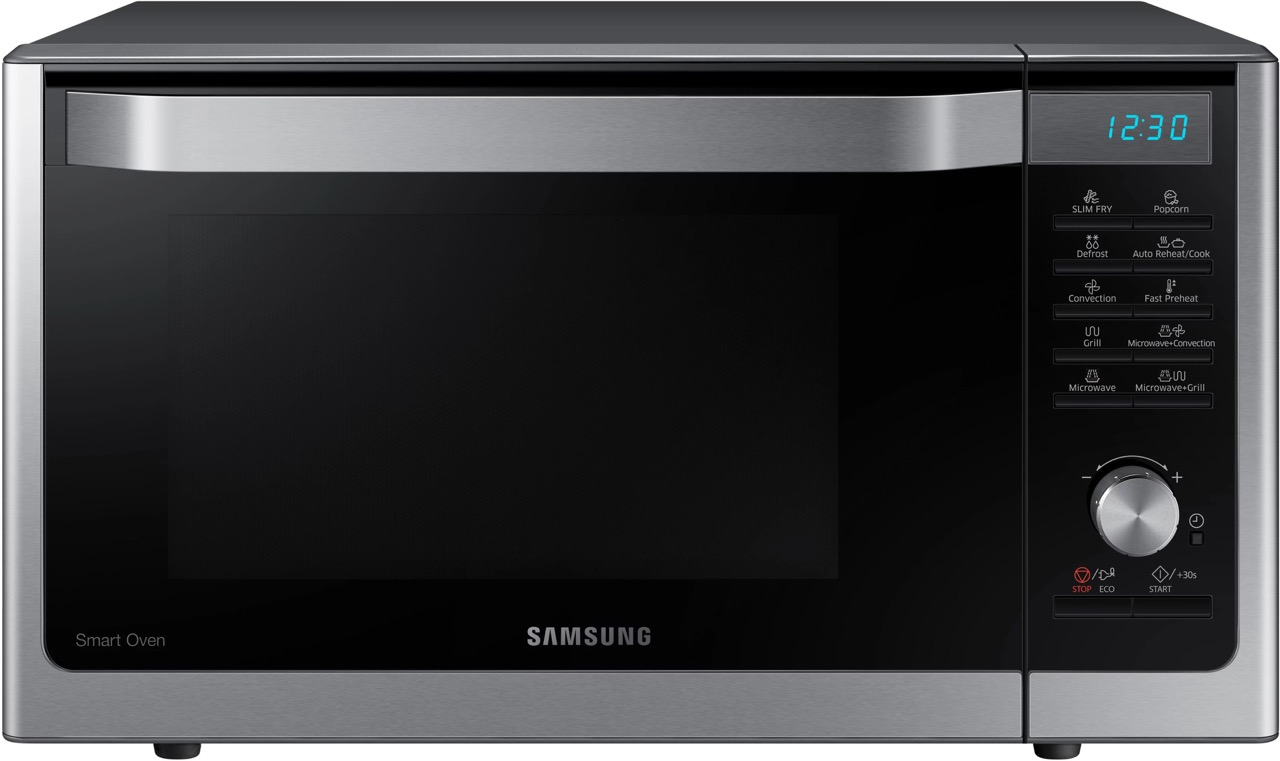
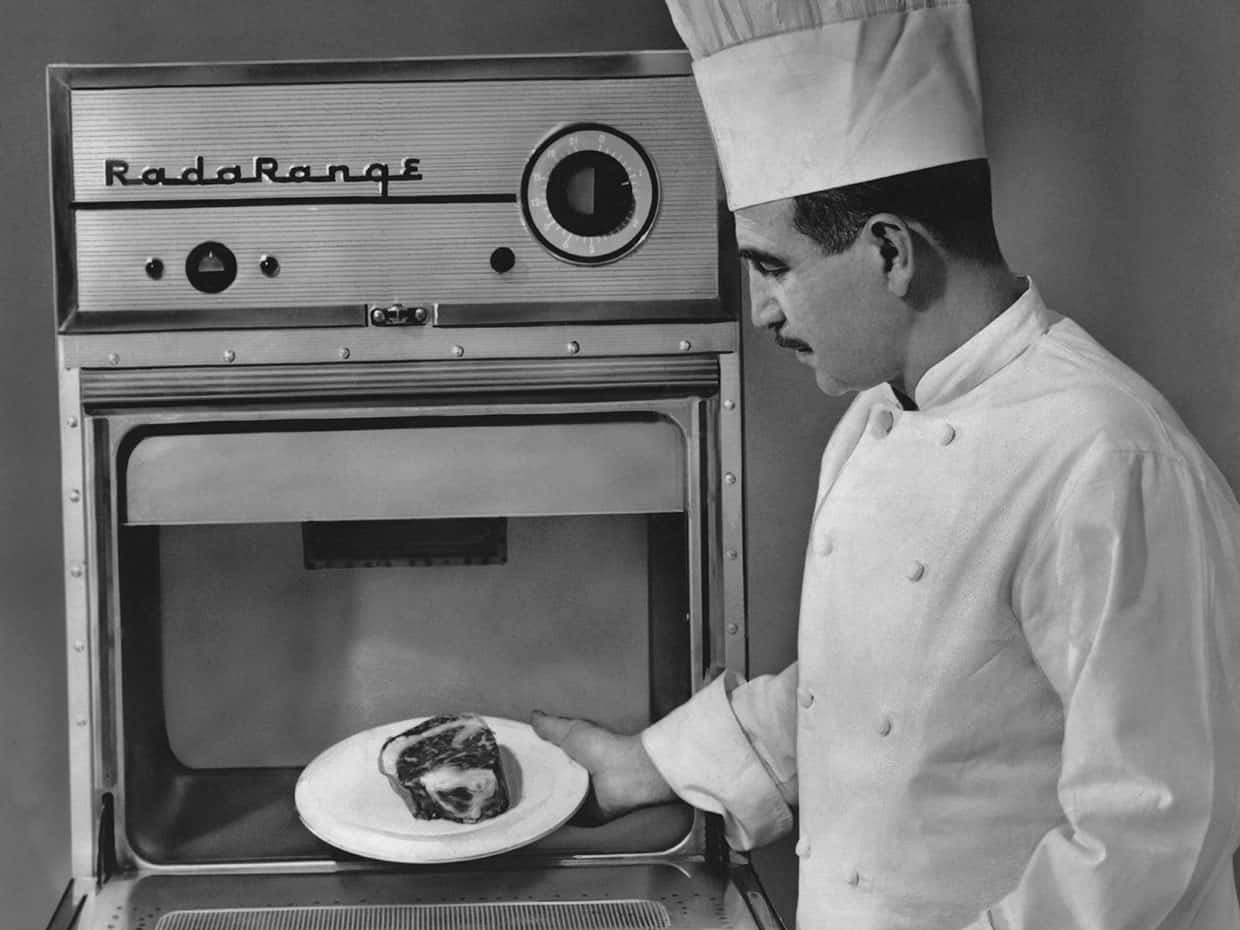
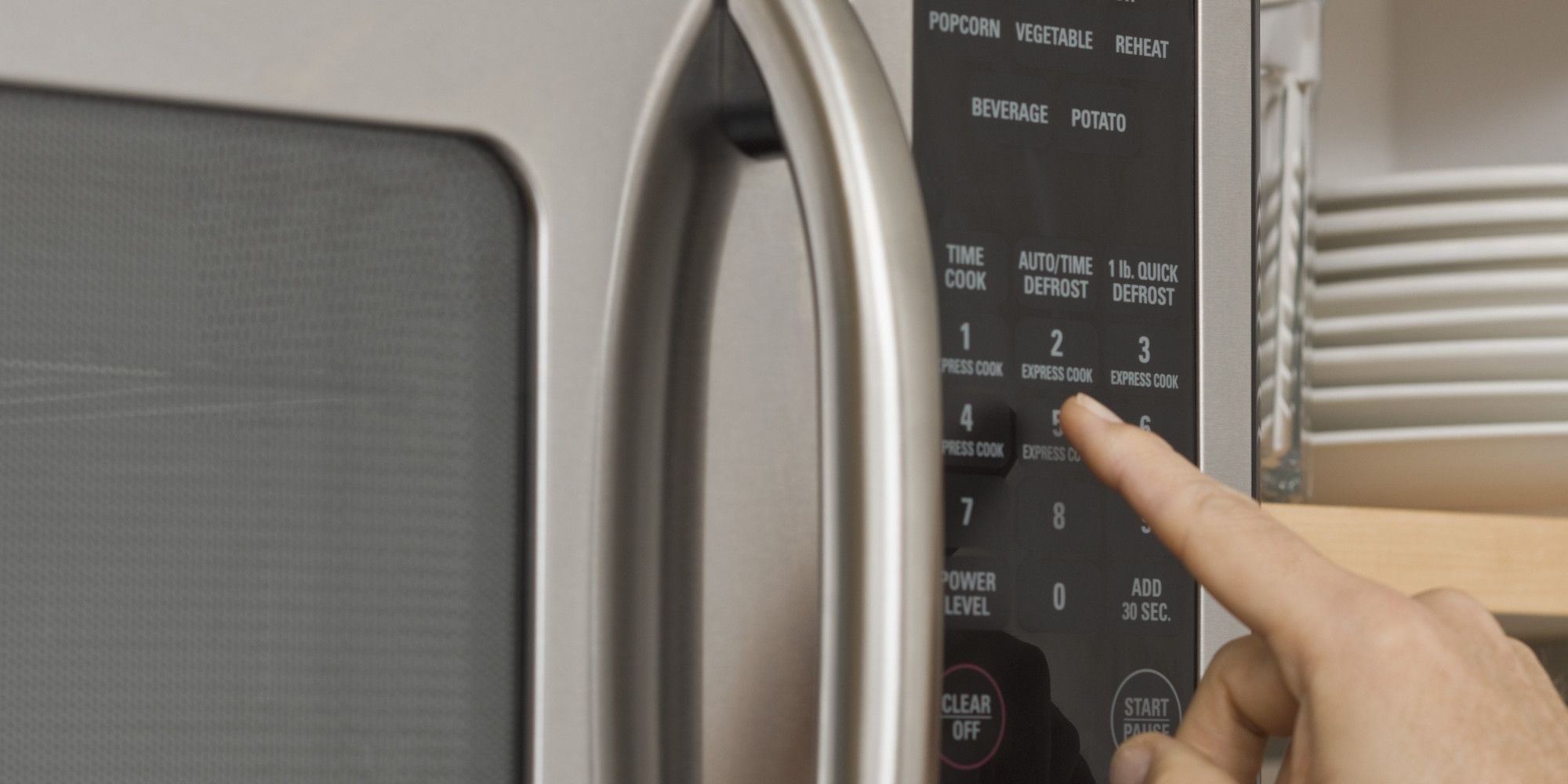
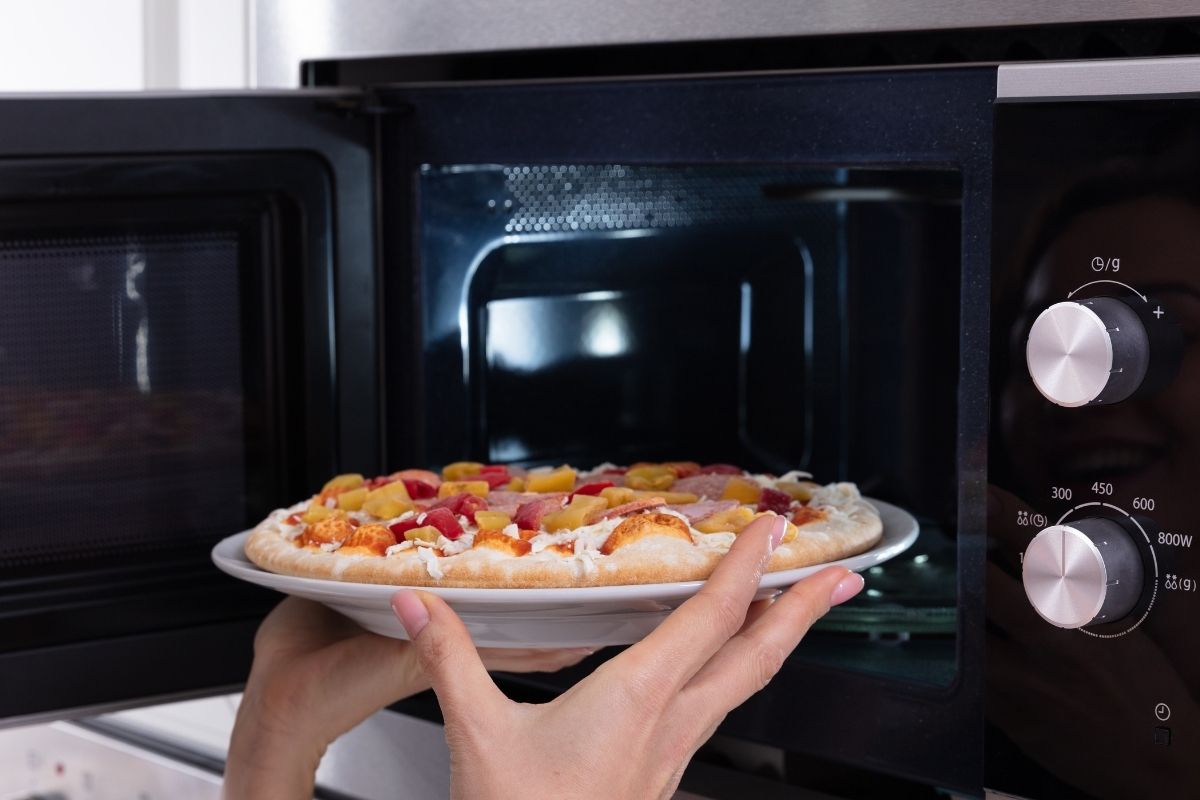

0 thoughts on “How To Defrost In Microwave Oven”